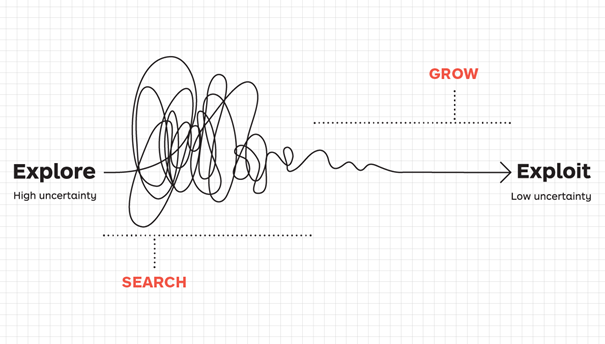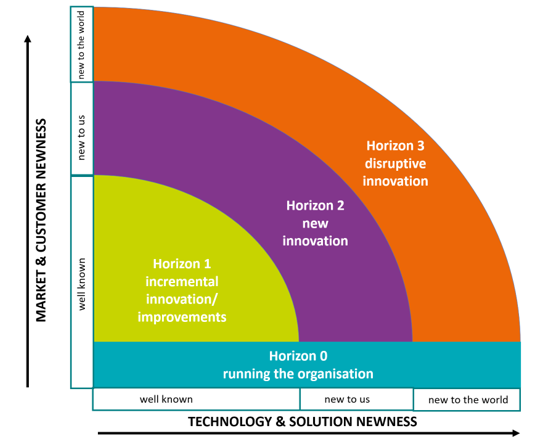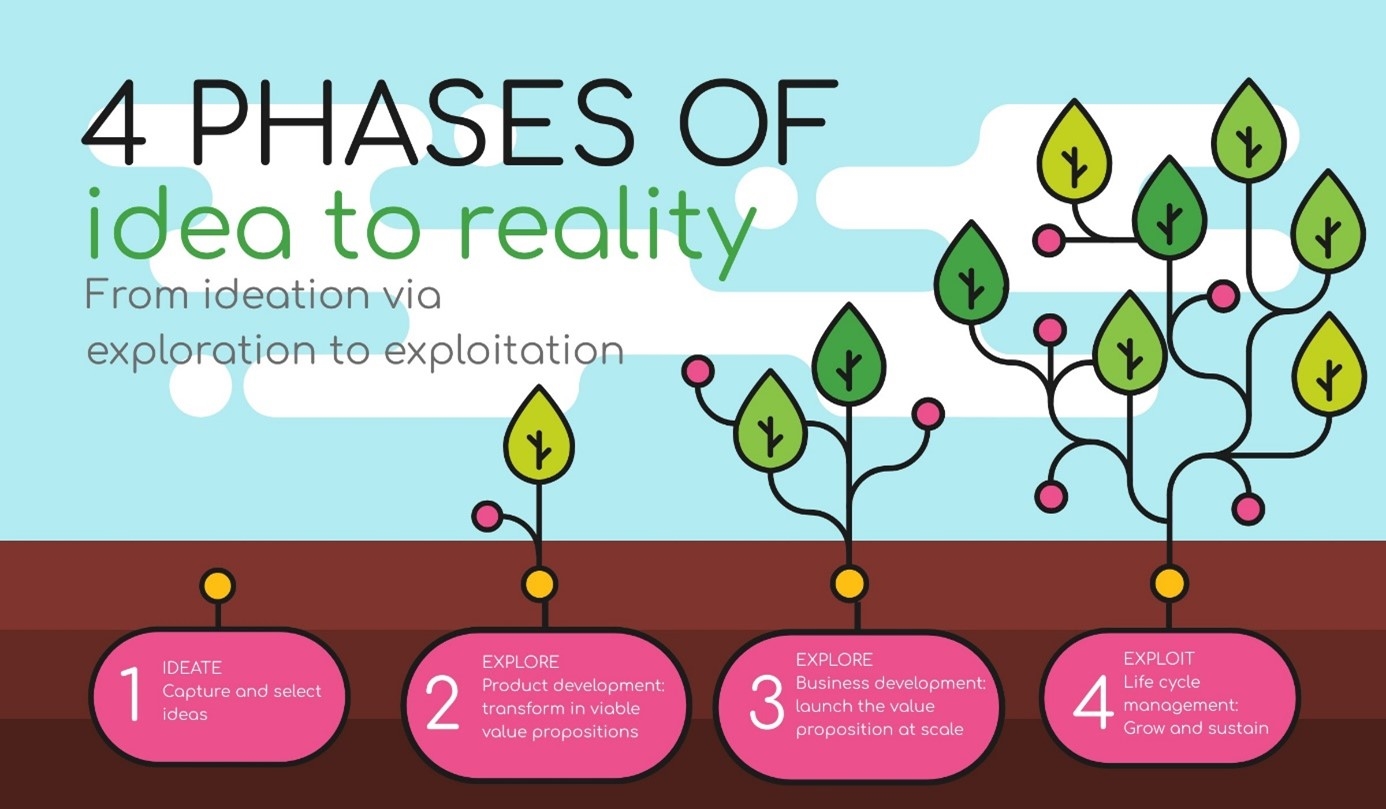In this era of change, both small and larger companies are starting to realise that they will not be able to survive if they continue to exploit existing business models without exploring new ones. As such, more and more of these companies are thinking about how to better structure their innovation exploration activities, often through an ideation platform. Not only is continuous innovation necessary for survival, but also constant refinement and recalibration of existing business models.
In this article we will explain what considerations we make when helping companies to structure their exploration activities and explain how an innovation management platform can help with that. In this case we will use the Qmarkets platform as an example, as we have achieved some very good results applying this tool.
In the second part of this article we will share how we helped Barenbrug – a leading agriculture company based in the Netherlands – to implement an innovation program with the Qmarkets tool.
Innovation Exploration vs Exploitation
But first, we will explain the difference between exploration and exploitation.

Let’s start from the right-hand side of the picture, as this is the most common perspective for companies.
Exploitation focuses on getting the most out of your existing earning model(s). You are making money with your current business and continuously optimizing the internal and external processes, ensuring you continue to deliver value to the customer; creating profit for your company by creating value for your customers.
Exploration focuses on the discovery and development of new earning models, either through new products, services, business models and/or by entering new markets. This activity is characterized by high uncertainty, and the uncertainty increases with the newness of the development, or the distance from the current core.
7 Success Factors for Innovation Exploration
In our years of experience, we have noticed that for a structural approach to exploration to be successful, there are 7 key factors that must be considered. We will first elaborate on these 7 factors and then we will explain how an ideation platform such as Qmarkets can help in achieving this.
1. Defining a Clear Innovation Strategy
We would like to illustrate this point by using the famous quote from Alice in Wonderland. Even if you don’t know where you are going, at some point you will naturally end up somewhere. However, if you can clearly communicate to your staff, customers, suppliers what direction it is that you are taking, you will get there much faster. Because if you clearly define the boundaries of the sandbox you are playing in, it will make it much easier to come up with ideas within that space. Of course, boundaries should not be too narrow in scope, as this will only cater for small improvements. Too wide is often too vague, so we always recommend aiming for something in between.
2. Ensuring Management Buy-in
We have seen too often that a department or a group of people is sent to an innovation training session or event. When they return, reality kicks in, and nothing changes. What has happened here?
To work according to the most effective innovation management principles, both the structure and the culture of an organisation need to support innovation. This means:
- Management supports ideation platform strategy
- KPI’s linked to innovation for (middle) managers and understanding of exploration activities
- Sufficient budget and resources
- Cross-functional teams
- A company culture in which innovation is supported and encouraged
- Willingness to experiment and learn, and accept risks (Innovation culture)
If the organisation does not have the preconditions right it will be very difficult to actually start implementing the newly acquired knowledge. Only the brave, the internal innovators will make an attempt, but this often proves to be a very demotivating challenge.
3. Transparent Overview and Insights
Because most companies work in silos and if they work internationally, often in quite autonomous units, a real overview is lacking. What kind of exploration projects are ongoing on at the moment, and what are they trying to achieve? Who is working on what? What are the risks and opportunities of the project?
Not having the right overview causes work to be done twice: if you don’t know your colleague across the world is working on the same challenge, you will never think to co-operate.
In order to provide transparency, you will need to start categorizing, so that people can easily search and find the kind of projects they are looking for. This is the starting point for innovation portfolio management.
4. Applying the Right Development Process

In previous articles we have described the 3 Horizons model. We believe it is important to make a distinction between ‘standard’ product development for less risky projects and ‘new innovation’ for projects that involve more insecurities. For the latter, we favour the design thinking approach.
5. Establishing an Ideation Platform Process
It is a fact that the best, most viable ideas do not come from management, but from the people in the field engaging with customers and other stakeholders. However, they are hardly given a voice when it comes to innovation. Companies must organise themselves better to source ideas both from internal (employees) and external (customers, suppliers, vendors, in short: the ecosystem) channels.

6. Diversity of Perspectives
In order to promote creativity, establish multiple perspectives and prevent tunnel view, it is necessary to work with diverse and cross-functional teams. The diversity is not only in personalities, but also in background (ethnicity, social background etc). The team must be able to step into the shoes of their future users and have a profound understanding of the challenges the user faces.
7. Learning and Adapting
We don’t believe in static off the shelf processes. We believe a process is there to help people, it is not there to restrict and restrain people. We do believe that processes can force people to think about things they did not consider before. For example, in order to stimulate customer focus, we usually include the value proposition canvas (link) in an innovation process. Our starting point is always the existing process and best practices within the organisation. We will use this input to come up with a changed process incorporating best practices in innovation management. We like to prototype this process first, we see it as an innovation project in its own right. And, of course, we listen to the feedback and iterate. Just as you would do with a customer innovation project.
Realising all this does not happen overnight, just as it takes time for you to improve or adjust your exploitation processes. And like you are investing in ERP and CMS systems to improve your exploitation, often, you should also invest in systems helping your exploration activities.
(24)
Report Post







